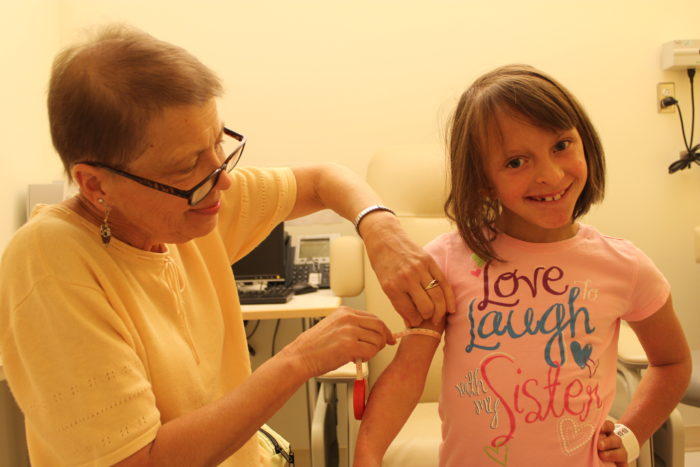This syndrome is also known as focal dermal hypoplasia.
Research
 2013 International Research Symposium on Goltz Syndrome
2013 International Research Symposium on Goltz Syndrome
Collaborators: NFED, Baylor College of Medicine and Texas Children’s Hospital
Outcomes
- Recommended a new diagnostic guideline to aid clinicians in identifying individuals with Goltz syndrome
- Instituted a tissue repository at Texas Children’s Hospital, to aid future researchers in this area
- Published findings in the American Journal of Medical Genetics



2015 Goltz Research Conference – “Growth Arrest in Focal Dermal Hypoplasia”
Collaborators: NFED, University of Colorado Health School of Medicine, Baylor College of Medicine, the University of Missouri-Columbia School of Medicine,
The first aim of the study was to evaluate pituitary function as it might relate to short stature in individuals affected by Goltz syndrome. The second aim was to evaluate nutritional status in individuals affected by Goltz syndrome and to evaluate possible gastrointestinal causes for growth failure in individuals with Goltz syndrome.
Outcomes
- Data suggests there may be many reasons for growth failure.
- Data suggests that undernutrition is not the major determinant
of short stature in children with Goltz. - There may be underlying treatable causes for this short stature in some patients.
- Published findings in the American Journal of Medical Genetics
Ectodermal dysplasia can cause a lifetime of challenges. By supporting research, you expand early diagnostics, treatments, pathways toward cures… and hope!Shape Our Futures With Research